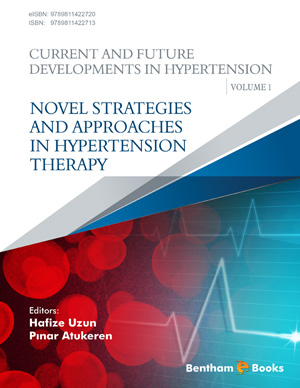Abstract
In this section, we discuss the cardiovascular pathways of the central nervous system (CNS), neural regulation of circulation and patophysiologic mechanisms of neurogenic hypertension. The pathophysiologic mechanisms underlying the increased arterial pressure in neurogenic hypertension are not clear. It has been suggested that sympathetic overactivity is present in hypertensive patients. The role of sympathetic outflow in the pathogenesis of hypertension has been an issue of continuous interest recently. Why sympathetic activity rises in neurogenic hypertension is unclear. In this section, proposed causes of increased sympathetic tone in essential hypertension; especially the factors causing impaired baroreflex sensitivity (i.e. aldosterone and locally produced chemical factors such as prostacyclin, prostaglandins, nitric oxide (NO), reactive oxygen species (ROS) and platelet factors),direct effects of NO, ROS, angiotensin II, salt and proinflammatuar cytokines to CNS factors that play role on impaired sympathetic activity in aging and obesity processes (i.e. leptin, insulin, insulin resistance, adiponectin and ghrelin) are discussed.
Keywords: Adiponectin, Aging, Angiotensin II, Baroreceptor sensitivity, Blood pressure, Chemoreceptors, Dietary salt, Ghrelin, Inflammation, Insulin resistance, Insülin, Leptin, Neurogenic hypertension, Nitric oxide, Obesity, Oxidative stress, Prostacyclin, Prostaglandins, Sympathetic activity, Vasopressin.






















